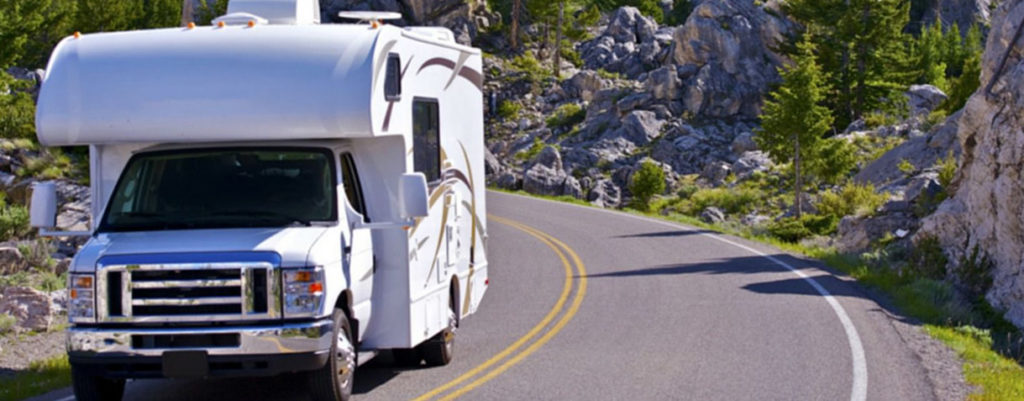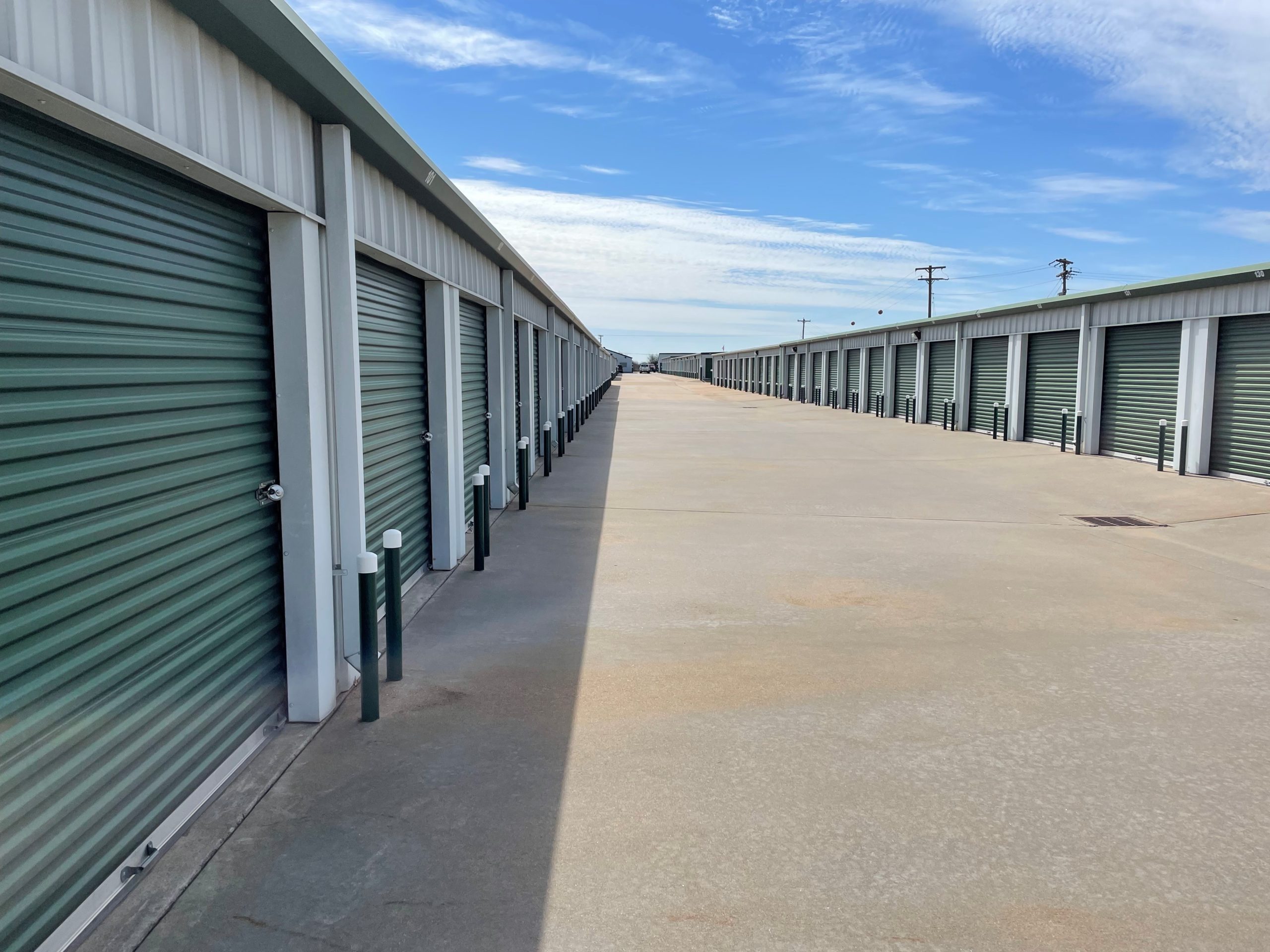Storage for Your Boat & RV
When you’re home from this season’s adventure.

RV Storage
It’s time to decide what to do with the RV. You could leave it in the driveway for the winter, but that might not be the best option. Your neighbors may think it’s an eyesore, or you may belong to a neighborhood association that has rules against leaving over-sized vehicles in the driveway or on the street. And then there’s the extreme inconvenience of having to maneuver around it to park your cars in your garage.What you need is a convenient, affordable, and dependable place to store your “home away from home” until you’re ready to use it again. Greenkey Storage has years of experience storing recreational vehicles ranging from travel trailers and truck campers to Class A, B, and C motor homes.
Clean and Wax Your RV
Before placing an RV in storage, be sure to thoroughly wash and wax it. If you give your RV a coat of wax prior to storage, it will not only look brighter the next time you’re ready to use it, but you’ll give it an added layer of protection from the weather. When washing, pay special attention to the roof and repair any damage.
Keep Your RV Moisture Free
Keeping your RV free of moisture during storage is critical. If moisture develops it can lead to mold, mildew, and musty smells when you retrieve your RV from storage. To prevent damage from moisture, keep your RV ventilated by leaving the roof vents open. Use covers designed to keep out unwanted pests.
Drain All Tanks and the Water Heater
Drain the fresh water holding tanks as well as the black and gray holding tanks. Remove the drain plug and open the pressure relief valve. Caution: Do not drain when the water is hot!
Remove Food and Supplies
This seems obvious, but even that forgotten bag of unopened chips can attract bugs. In any case, food left for long periods of time will become moldy and/or inedible.
Disconnect the Refrigerator and Leave the Door Open
Leaving the refrigerator door open prevents stale air and condensation that can ultimately cause mold.
Turn Off the Electrical Systems
Before placing your RV in storage, turn off all electrical systems using the battery disconnect switch. Your battery strength will be maintained so that it’s in prime condition when you want to use your RV. Following this tip will keep your battery from freezing during cold weather.
Use RV-Approved Non-Toxic Antifreeze
To keep your pipes from freezing during frigid weather use RV-approved, non-toxic antifreeze so that you don’t poison your water.
Pressurize Your System
Start with the faucet closest to the water pump and slowly open the hot and then the cold valves until the antifreeze appears.
Cover External Vents to Prevent Pests
Don’t let your RV become a home for pests during an extended storage time.
Protect Tires in Storage
During RV Storage, your RV will be parked in the same spot for an extended period. This could weaken the tires and could lead to blowouts. To protect your tires in RV storage, unload your vehicle so that the minimum weight is on the tires. Inflate your tires to recommended operation pressure plus 25 percent, but don’t exceed the rim manufacturer’s inflation capacity.
Boat Storage
If you’re on the lookout for RV and boat storage, we provide safe, cost-effective, and easy-to-access large storage units. To ensure that your boats and RVs are well-protected, we recommend following these the tips and suggestions below. Keep in min that It’s important to consult your manufacturer’s guidelines when preparing your vehicle for storage.
Here is a list of steps you can take to ensure that your boat is ready for storage.
Clean Up the Hull and Deck
Be sure your boat is clean and free of last summer’s trash when you are ready to put it in the water next summer.
Maintain the Interior of Your Boat
If you have electronics in your boat, they are vulnerable to extreme cold and moisture. Remove them prior to storage. Leather, canvas, and any other organic fabrics should be removed to prevent mold and mildew. Empty the water tanks and run antifreeze through the pipes.
Wash and Wax the Exterior
Cover the exterior of your boat with wax. This will prevent rust from corroding your boat’s body.
Add Fuel Stabilizer and Fill the Tank
Condensation can form in an empty gas tank, causing corrosion or worse if the moisture freezes. A fuel stabilizer will prevent this from happening, and your fuel will be ready to go when you are.
Change the Oil
Water or acids that have gotten into your oil can corrode the engine. Change the filter and flush it out so that no water remains. Then, add new oil.
Refresh the Coolant System
Drain the current coolant, flush with water, and fill with fresh antifreeze. Make sure you’ve diluted the antifreeze to specification. This will protect your engine from freezing and corrosion.
Disconnect the Battery
Don’t allow your battery to drain over the winter. Disconnect it and top it off with distilled water. Charge it periodically to make sure it’s ready to go when you hook it back up to your boat.
Grease the Steering Mechanism
Grease the steering and control mechanisms so that they will be moving smoothly when it’s time to take the boat out again.
Remove the Drive Belts
Before storing your boat, loosen or remove the drive belts. They may crack under the stress of being kept under tension for long periods of time.
Don’t Forget the Trailer
Check tire pressure, and cover the tires to keep them from being exposed to the sun. Check and pack wheel hubs, if necessary, and lubricate the jack.
Use A High-Quality Cover
Even if your boat is parked in interior storage or climate-controlled storage, a cover provide extra protection dirt, dust, grime, and moisture. Use a high-quality, ventilated cover. If your boat is to be stored outdoors, make sure there are no low spots in the cover that will hold rainwater. Cover the engine so that it’s not exposed to the elements.
Registration and Insurance
Finally, note dates of registration, tags, certificates, and insurance. Plan for renewal if they expire during your storage term.

